Fall Arrest and Fall Arrest Rescue Course
Aim & Objective (Overview)
The aim and objective of the Fall Arrest and Fall Arrest Rescue Course is to provide delegates with the knowledge, understanding and practical skills to
be able to operate safely at height using a number of techniques including, work restraint, work position and fall arrest. The course aims to ensure delegates
are trained in rescue techniques so that they are able to rescue a co-worker from a number of locations and scenarios.
Target Audience
The target group is any person working on an elevated position, for example construction worker, telecommunications, scaffolding, and mining. All of whom
share in the responsibility of conducting a possible rescue.
Prerequisites
The following pre-requisites are required:
1. Medical Fitness Certificate confirming fitness to work at height (Vodafone contractors only)
2. Learners must have basic numeric literacy and be able to understand, read and write English (special needs candidates can be accommodated on request).
Duration
16 Hours (2 Days)
Course Content
Theory
1. Introduction to Work at Height
2. Work at Height definitions
3. Legislation regarding Work at Height
4. Have an understanding about on-site risk assessments
5. Appropriate equipment care and pre-use climbing inspection methods 6. Identification and use of climbing equipment
6. Identification and use of climbing equipment
7. Limitations of climbing equipment
8. Limitations of safe anchoring points
9. Understanding the advantages of a “buddy system”
10. Basic knowledge of elevated work platforms
11. Basic knowledge of climbing wooden poles
12. Basic knowledge of vertical and horizontal life lines
13. Understanding minimum free space areas
14. Understanding fall factors
15. Understanding the use of various fall arrest knots
16. Implement a rescue plan
17. Understanding suspension trauma
18. Understanding the “buddy rescue”
Practical
1. Assemble a basic fall arrest kit
2. Perform pre-use climbing equipment inspections
3. Rope coiling/bagging
4. Selecting safe anchoring points
5. Making and using various fall arrest knots
6. Implement the “buddy system”
7. Using a work restraint system
8. Exclusion zones / barricading
9. Securing a work positioning system
10. Movement using a shock absorbing lanyard
11. Movement using a retractable lanyard
12. Working on fragile rooftop surfaces
13. Install and use temporary vertical and horizontal life lines
14. Low level height systems
15. Managing minimum free space
16. Managing fall factors
17. Managing suspension trauma
18. Emergency escape system – “self rescue”
19. Perform a basic fall arrest rescue and bring a casualty down to safety– “buddy rescue’
20. Lifting a 20kg tool-bag using
Method of Assessment of Performance
The delegates will be assessed by a written examination, pass mark is 70%; and observation of practical exercises. Where delegates do not meet the
assessment criteria, additional training will be provided and should a delegates still be found ‘Not Yet Competent’, feedback will be provided to the delegate
and employer.
A copy of the assessment criteria can be provided, upon request.
Health
All personnel who participate in practical activities specified in this standard must be physically and mentally capable of participating fully. All students will be
asked to complete a Qatar International Safety Centre standard medical questionnaire prior to course commencement.
*NOTE; Vodafone contractors must provide a ‘Medical Fitness Certificate’ prior to attendance. Medicals can be arranged through QISC should they be required.
Certification
QISC approved certification conforming to BS8454.
Venue (Training Location)
Qatar International Safety Centre
Gate 9, Street 45
Salwa Industrial Area
Doha
Qatar
PO BOX 23651
Dates & Cost
Please contact us direct for availability & costs:
Email: training@madinagulf.com
Tel: +974 4450 1223
Fax: +974 4450 1220
www.qisc.net
www.madinagulf.com
